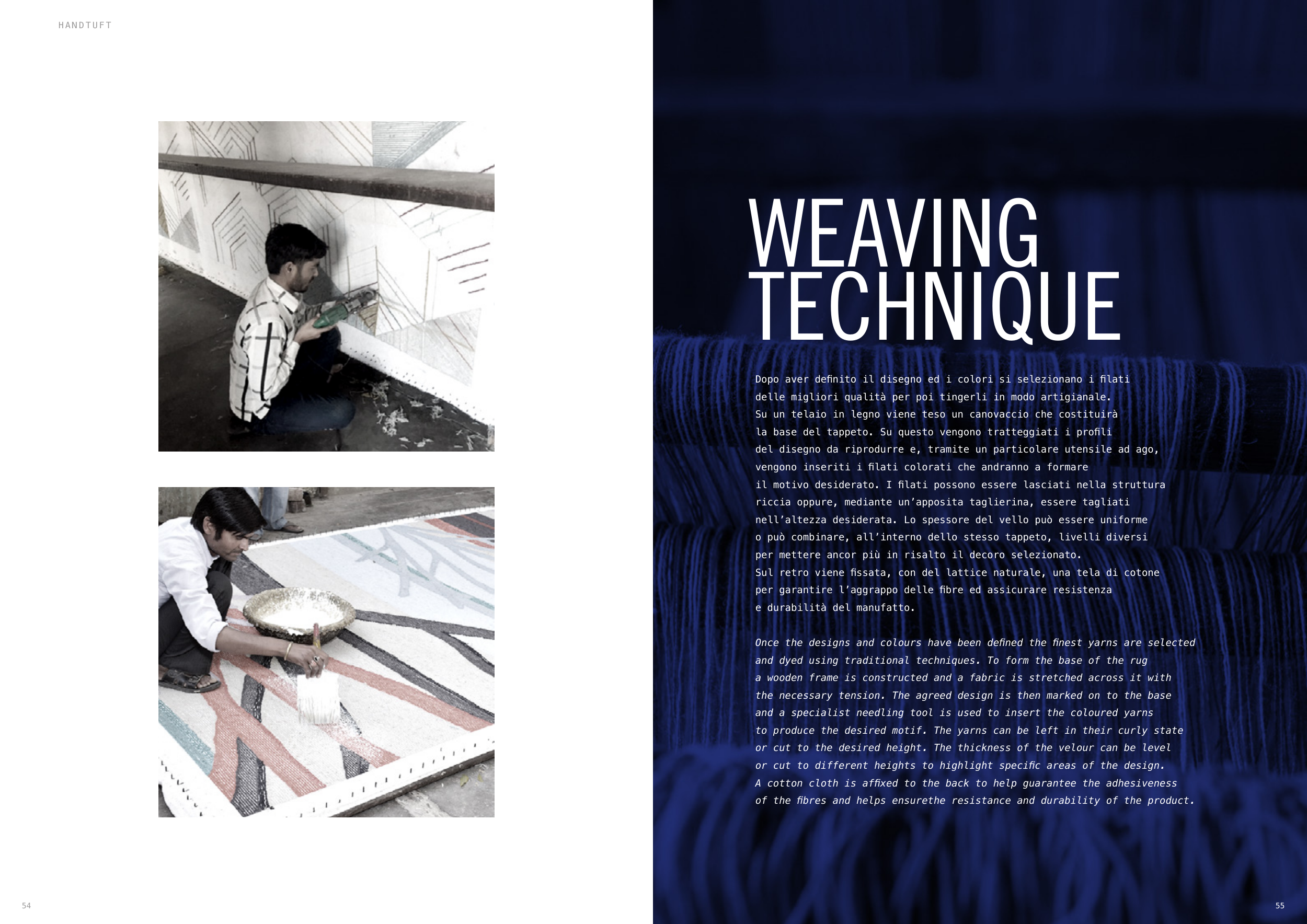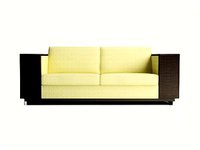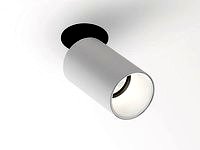WEAVING
TECHNIQUE
Dopo aver definito il disegno ed i colori si selezionano i filati
delle migliori qualità per poi tingerli in modo artigianale.
Su un telaio in legno viene teso un canovaccio che costituirà
la base del tappeto. Su questo vengono tratteggiati i profili
del disegno da riprodurre e, tramite un particolare utensile ad ago,
vengono inseriti i filati colorati che andranno a formare
il motivo desiderato. I filati possono essere lasciati nella struttura
riccia oppure, mediante un’apposita taglierina, essere tagliati
nell’altezza desiderata. Lo spessore del vello può essere uniforme
o può combinare, all’interno dello stesso tappeto, livelli diversi
per mettere ancor più in risalto il decoro selezionato.
Sul retro viene fissata, con del lattice naturale, una tela di cotone
per garantire l’aggrappo delle fibre ed assicurare resistenza
e durabilità del manufatto.
Once the designs and colours have been defined the finest yarns are selected
and dyed using traditional techniques. To form the base of the rug
a wooden frame is constructed and a fabric is stretched across it with
the necessary tension. The agreed design is then marked on to the base
and a specialist needling tool is used to insert the coloured yarns
to produce the desired motif. The yarns can be left in their curly state
or cut to the desired height. The thickness of the velour can be level
or cut to different heights to highlight specific areas of the design.
A cotton cloth is affixed to the back to help guarantee the adhesiveness
of the fibres and helps ensurethe resistance and durability of the product.
H A N D T U F T
55
54






